Stepping into Bad Mama Taipei is not like stepping into a typical restaurant or bar.
The experience is more akin to slipping into a parallel dimension, one where the established rules of interior decor just don’t apply.
For the first few minutes your eyes adjust to the rouge, boudoir lighting. There are oil drums repurposed as tables; furniture made from fishing boat wood; discarded plastic knickknacks positioned as ornaments; a wall-clock labelled, “The time is always now.”
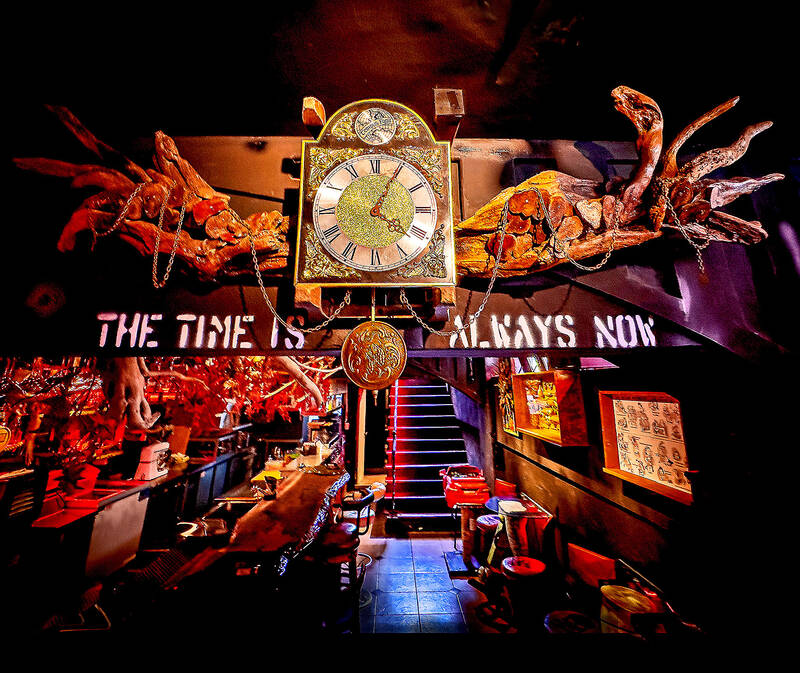
Photo courtesy Adam Hunt
“I found everything along the coast around Keelung,” Australian Adam Hunt says of the driftwood and salvaged heirlooms that decorate Bad Mama Taipei.
“I call it the art of extreme sustainability.”
While the bric-a-brac home furnishings are Hunt’s creations, the unique Japanese-Taiwanese-Western fusion menu, along with the feminine artworks that adorn the walls, are the product of Gemma Lin’s (林淑珍) imagination and experiences.
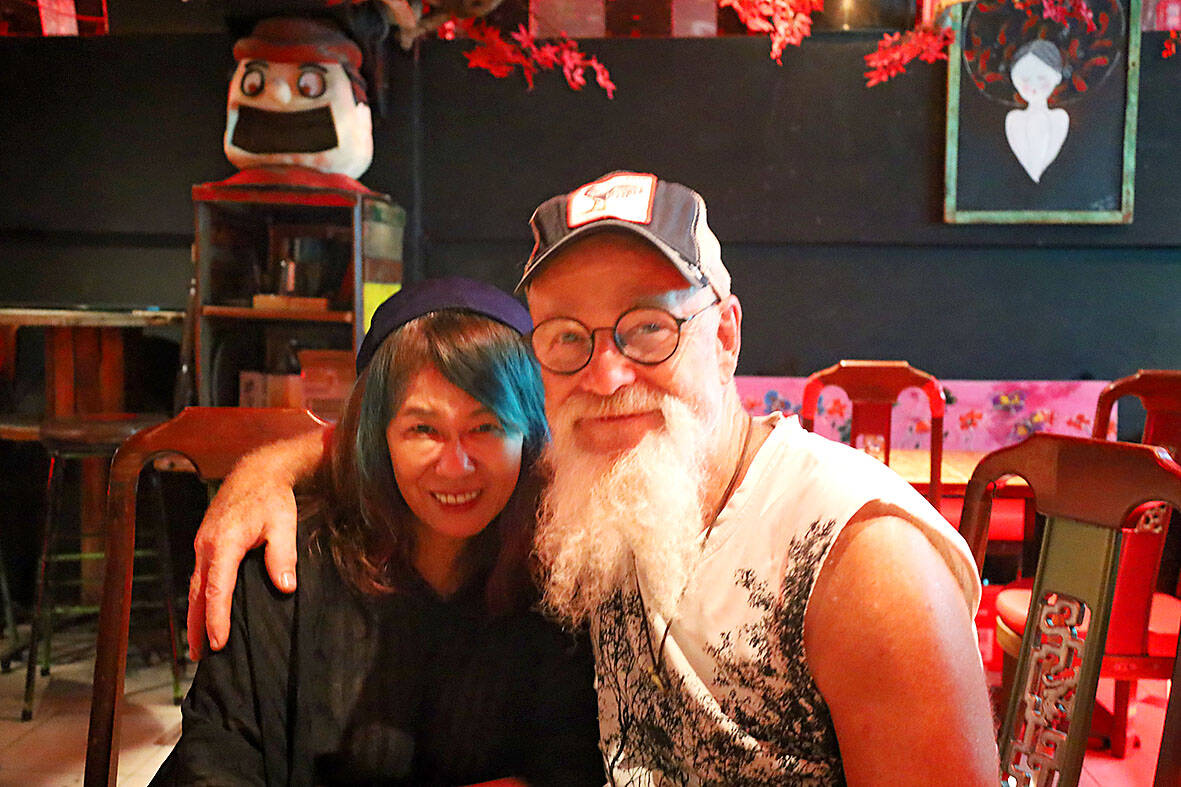
Photo: Thomas Bird, Taipei Times
BAD MAMA RISING
“My grandmother was one of the last women in Taiwan to have bound feet,” says Lin.
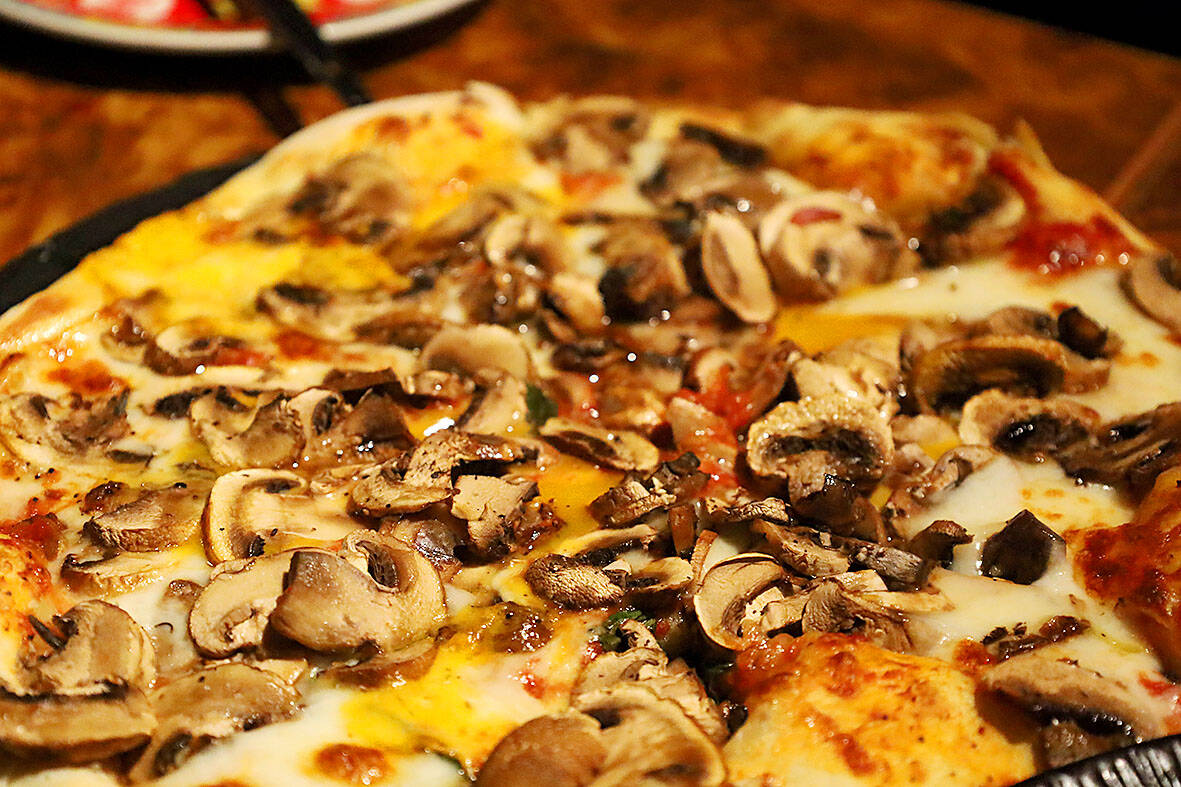
Photo: Thomas Bird, Taipei Times
Her uncle is a local legend, the fisherman who gave his life trying to save a drowning student who has been memorialised in the Righteous Bronze Statue in Yehliu Geopark.
“My father posed for the sculptor,” Lin admits.
Aged 18, Lin moved to Japan to study fashion design. Her introduction to the restaurant industry came while supporting her studies in restaurants and bars, one of which, she says, was owned by the yakuza.
Eventually, she found her way to Australia, and, after more than a decade working in everything from window cleaning to the construction business, opened Li Zai, a Taiwanese restaurant overlooking Bondi Beach.
That’s where she met Adam Hunt.
“I’d worked all over the world in the advertising industry,” Hunt tells the Taipei Times. “I’d come back home and one day I walked past this beautiful Asian restaurant and decided to go inside.”
Lin took Hunt’s order and they hit it off. The rest is history.
“I often joke the advertising drove me to drink, so it’s been a natural transition to the bar business.”
BRAND BUILDING
In 2009, Lin and Hunt decided to combine their creative talents and open a bar in Bondi together.
“Lin told me this wonderful story of the yakuza mistress she’d known in Japan, the Mamasan. So that’s what we called it.”
According to Hunt, Mamasan was an instant hit, tripling in size in the first three years of operation.
The pair eventually sold the name and rebranded as Bad Mama, moving to Surry Hills, where they established their second successful bar.
After a decade working in Sydney’s competitive restaurant market, Lin and Hunt decided to take a few a few months off to take care of Lin’s aging parents in Taiwan.
They touched down in January 2020 and not long after, COVID-19 struck.
“Australia closed its borders to its own citizens,” explains Hunt.
With little else to do, the entrepreneurial duo wound up opening what Hunt calls “the accidental bar.”
Bad Mama Keelung was born in November 2020. Located in the Kanzaiding Fish Market (崁仔頂漁市場), decorated with Hunt’s beach-found furnishings and Lin’s paintings, it became an instant hit with the Instagram crowd.
Lin says that the bar has won numerous awards, which inspired weekenders from Taipei to make the pilgrimage to sample Bad Mama’s barrel-aged cocktails (for our money, try the Mezcal Negroni at NT$400) paired with lightly battered popcorn fish (NT$290) and thin and crispy pizzas (NT$420—NT$500).
CAPITAL VENTURE
“Once we were established in Keelung, I felt we needed to do Bad Mama in Taipei,” says Lin of the post-pandemic plan to move to Taiwan’s capital.
It took them awhile to find a suitable venue for what they dub “a unique destination experience” but when they came upon a basement space just off Chang’an West Rd near the Museum of Contemporary Art, Lin and Hunt set to work designing Bad Mama Taipei.
“We’ve only had three months to put this all together, our soft opening was in July but we’re still planning a hard opening,” Lin says, while pouring a Red Point IPA (NT$280) behind the seven-meter long bar.
It’s hard not to be impressed, even dazzled by what the duo have put together in such a short space of time.
If there’s a problem, it’s that Bad Mama defies categorization: Is it a bar, a restaurant, a music venue, a gallery or all of the above?
For Lin, the chief sell-point is the concept.
“Bad Mama’s is an attitude. We’ve got personality,” she says.
Hunt sees what they’ve created as a “fusion” experience.
“I think our point of difference is that we’re a cool bar with fantastic food and we’re a great restaurant with a really cool bar.”
He says that it’s the “alchemy” of his and Lin’s quirky personalities that translates into “great food and great times” in an utterly unique setting.
Bad Mama will celebrate it’s one month opening tomorrow with a DJ Michael, who will be spinning soul, funk and disco.
To register, go to: shorturl.at/qzHpc
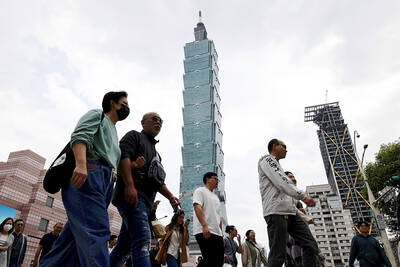
In the March 9 edition of the Taipei Times a piece by Ninon Godefroy ran with the headine “The quiet, gentle rhythm of Taiwan.” It started with the line “Taiwan is a small, humble place. There is no Eiffel Tower, no pyramids — no singular attraction that draws the world’s attention.” I laughed out loud at that. This was out of no disrespect for the author or the piece, which made some interesting analogies and good points about how both Din Tai Fung’s and Taiwan Semiconductor Manufacturing Co’s (TSMC, 台積電) meticulous attention to detail and quality are not quite up to

April 21 to April 27 Hsieh Er’s (謝娥) political fortunes were rising fast after she got out of jail and joined the Chinese Nationalist Party (KMT) in December 1945. Not only did she hold key positions in various committees, she was elected the only woman on the Taipei City Council and headed to Nanjing in 1946 as the sole Taiwanese female representative to the National Constituent Assembly. With the support of first lady Soong May-ling (宋美齡), she started the Taipei Women’s Association and Taiwan Provincial Women’s Association, where she
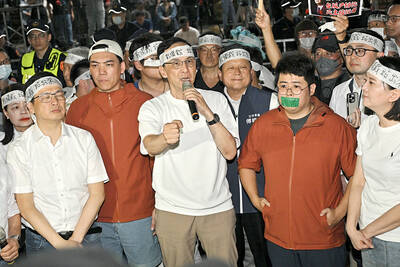
Chinese Nationalist Party (KMT) Chairman Eric Chu (朱立倫) hatched a bold plan to charge forward and seize the initiative when he held a protest in front of the Taipei City Prosecutors’ Office. Though risky, because illegal, its success would help tackle at least six problems facing both himself and the KMT. What he did not see coming was Taipei Mayor Chiang Wan-an (將萬安) tripping him up out of the gate. In spite of Chu being the most consequential and successful KMT chairman since the early 2010s — arguably saving the party from financial ruin and restoring its electoral viability —
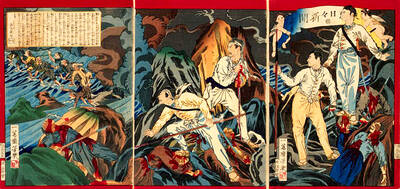
It is one of the more remarkable facts of Taiwan history that it was never occupied or claimed by any of the numerous kingdoms of southern China — Han or otherwise — that lay just across the water from it. None of their brilliant ministers ever discovered that Taiwan was a “core interest” of the state whose annexation was “inevitable.” As Paul Kua notes in an excellent monograph laying out how the Portuguese gave Taiwan the name “Formosa,” the first Europeans to express an interest in occupying Taiwan were the Spanish. Tonio Andrade in his seminal work, How Taiwan Became Chinese,